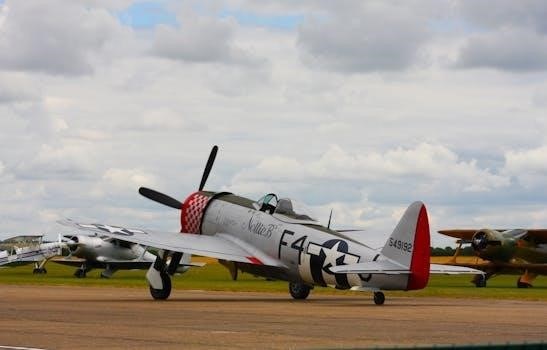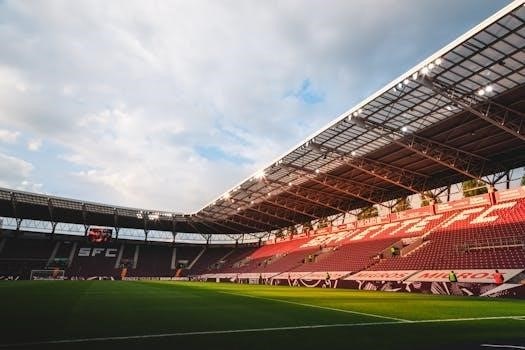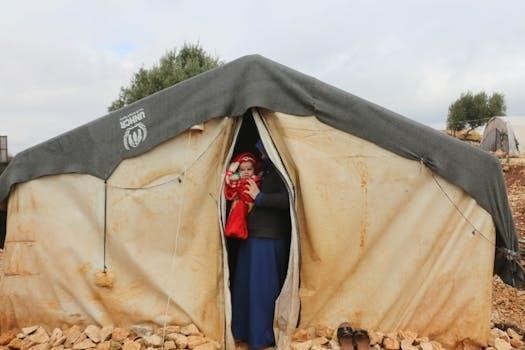Kim Jong Un’s Nuclear Ambitions
Kim Jong Un has expressed a firm resolve to exponentially increase North Korea’s nuclear arsenal. He views nuclear weapons as a crucial element for regime survival and to exert influence over rivals. His ambition includes developing advanced systems, such as intercontinental ballistic missiles. These efforts underline his commitment to establishing North Korea as a dominant military power.
North Korea’s Uranium Enrichment Program

North Korea’s uranium enrichment program is a critical component of its nuclear ambitions, with facilities like the one in Kangson, believed to be producing Uranium-235. This fissile material is essential for nuclear chain reactions and the production of atomic weapons. While the Yongbyon Nuclear Scientific Research Center is publicly acknowledged, the existence of other sites such as the one in Kangson suggests a more extensive and clandestine network. The program aims to enhance the availability of fuel for its nuclear bombs. Recent revelations of uranium-enrichment facilities showcase Kim Jong Un’s commitment to expanding its nuclear capabilities. The country has accelerated the production of nuclear materials. The visual evidence of centrifuge halls and reactors involved in the process further emphasizes the program’s progress. The program involves a complicated process to get agreement on actions each party must take, and use this process to buy time for the development of the North’s nuclear weapons program. These activities signal a dedicated and ongoing effort to strengthen its nuclear arsenal.
Kim Jong Un’s Drive for Nuclear Weapons
Kim Jong Un’s pursuit of nuclear weapons is driven by a desire to guarantee North Korea’s security and solidify his regime’s survival. He sees nuclear weapons as a “treasured sword,” a key to maintaining his rule. The program is fueled by a need to secure independence from external powers and a desire to leave a lasting legacy. Furthermore, Kim aims to compel South Korea to accept reunification on Pyongyang’s terms through nuclear coercion. The development of increasingly sophisticated weapons, including hypersonic missiles, showcases his determination to advance the program. He aims to establish an absolute force and not rule out using them if attacked. Kim’s strategic vision includes using nuclear weapons to establish a military superpower. This drive is underscored by his calls for an exponential increase in nuclear weapons production.

North Korea’s Nuclear Development History
North Korea’s nuclear program began in earnest in the 1970s, fueled by envy of South Korea’s economic progress. The program has steadily advanced, with six nuclear tests conducted, the most recent in 2017. This history reflects a long-term commitment to nuclear armament.
Early Motivations for Nuclear Program
The early motivations behind North Korea’s nuclear program were multifaceted, stemming from a complex interplay of security concerns, political ambitions, and regional rivalries. A primary driver was the desire to ensure the regime’s survival and to guarantee its independence from both China and Russia. The program gained momentum in the 1970s, partly fueled by envy of South Korea’s economic development and a desire to project power on the Korean peninsula.
Kim Jong-un’s predecessors saw nuclear weapons as essential for deterring potential aggression from the United States and its allies, and to also leave a legacy for future generations. This quest for security was intertwined with a desire to achieve parity with powerful neighboring states, and to achieve political prestige on the global stage. These ambitions were also driven by a deep-seated nationalist sentiment and a determination to assert North Korea’s place in the international order, regardless of the cost.

North Korea’s Nuclear Strategy
North Korea’s nuclear strategy is centered on using its weapons program to achieve strategic goals. These include coercing rivals, ensuring regime survival, and ultimately, seeking reunification of the Korean peninsula on its terms. This approach involves complex negotiation tactics.
Nuclear Weapons as a Tool for Coercion
North Korea’s nuclear weapons program is fundamentally designed to be a tool for coercion, aiming to achieve specific political and strategic objectives. Under Kim Jong Un’s leadership, the pursuit of nuclear capabilities is not merely about self-defense, but rather a means to exert pressure on other nations, especially South Korea and the United States. The possession of nuclear weapons is intended to deter potential attacks and to create a position of strength from which to negotiate. This coercive strategy involves the threat of nuclear retaliation, compelling adversaries to avoid actions that could be perceived as provocative or detrimental to North Korea. Kim Jong Un has repeatedly warned that North Korea might use its nuclear arsenal in potential conflicts, highlighting the coercive nature of his nuclear ambitions. The regime seeks to leverage its nuclear capability to extract concessions, shape the geopolitical landscape of the Korean Peninsula, and ultimately secure reunification under its own terms. This approach is characterized by a willingness to escalate tensions to achieve desired outcomes, demonstrating a clear intent to use nuclear weapons as a primary instrument of statecraft.
Negotiation Tactics and Program Development
North Korea, under Kim Jong Un, has consistently employed a strategy of utilizing negotiations as a cover for continued nuclear program development. This tactic involves initiating lengthy and intricate discussions with other nations, particularly the United States and South Korea, to gain valuable time and resources for advancing its nuclear weapons capabilities. The regime often engages in agreements that appear to halt or curtail its nuclear activities, but simultaneously continues its efforts in secret. These negotiations allow North Korea to secure aid, ease sanctions, and deflect international pressure while steadily progressing towards its goal of a fully functional nuclear arsenal. Kim Jong Un’s administration has demonstrated a pattern of using diplomatic engagements to create opportunities for further weapons testing and development, using any concessions gained as leverage to advance their program. This approach highlights a calculated strategy of using the illusion of diplomacy to ensure the continuous growth and refinement of North Korea’s nuclear capabilities, all while engaging the international community.

Current Status of North Korea’s Nuclear Program
North Korea is rapidly expanding its nuclear arsenal, with an exponential increase in weapons production. The nation is actively developing advanced delivery systems, including hypersonic missiles. Kim Jong Un has publicly displayed these capabilities, signaling an ongoing commitment to nuclear advancement.
Exponential Increase of Nuclear Arsenal
Kim Jong Un has explicitly ordered an exponential increase in North Korea’s nuclear weapons production, signaling a major shift in the nation’s strategic posture. This directive underscores a move beyond mere deterrence towards a more assertive nuclear capability, potentially aimed at achieving regional dominance. The leader has been observed touring facilities involved in the production of nuclear materials, indicating a hands-on approach to this expansion. Recent revelations of a weapons-grade uranium-manufacturing site further confirm the scale of this ambition.
This push for more nukes is not merely about accumulating a stockpile; it reflects Kim’s desire to solidify his negotiating power in future interactions with the United States and its allies. The country’s state media has consistently portrayed this build-up as essential for national security and the preservation of the regime. The exponential increase is coupled with the development of more powerful delivery systems, raising concerns about the potential for both regional and international instability. This strategy is viewed by some as a calculated move to enhance North Korea’s leverage on the global stage.
Development of Advanced Weapons Systems
North Korea, under Kim Jong Un’s leadership, is actively pursuing the development of advanced weapons systems to complement its expanding nuclear arsenal. This includes the creation of more powerful intercontinental ballistic missiles (ICBMs) capable of reaching targets across the globe. Recent tests and announcements have showcased new hypersonic missiles, designed to evade existing defense systems, underscoring the sophistication of their program. Kim has also emphasized the importance of tactical nuclear weapons for battlefield use, indicating a focus on both strategic and operational capabilities.
The push for advanced delivery systems extends to mobile, solid-fuel missiles, which are harder to detect and intercept, enhancing their survivability. These advancements are not just about quantity, but also about qualitative improvements in weapon design and delivery methods. The regime has displayed increasing confidence in its capabilities, unveiling previously undisclosed facilities and production lines. This commitment to advanced weapons development is driven by Kim’s ambition to achieve a credible nuclear deterrent, strengthening North Korea’s position in the face of international pressure.
